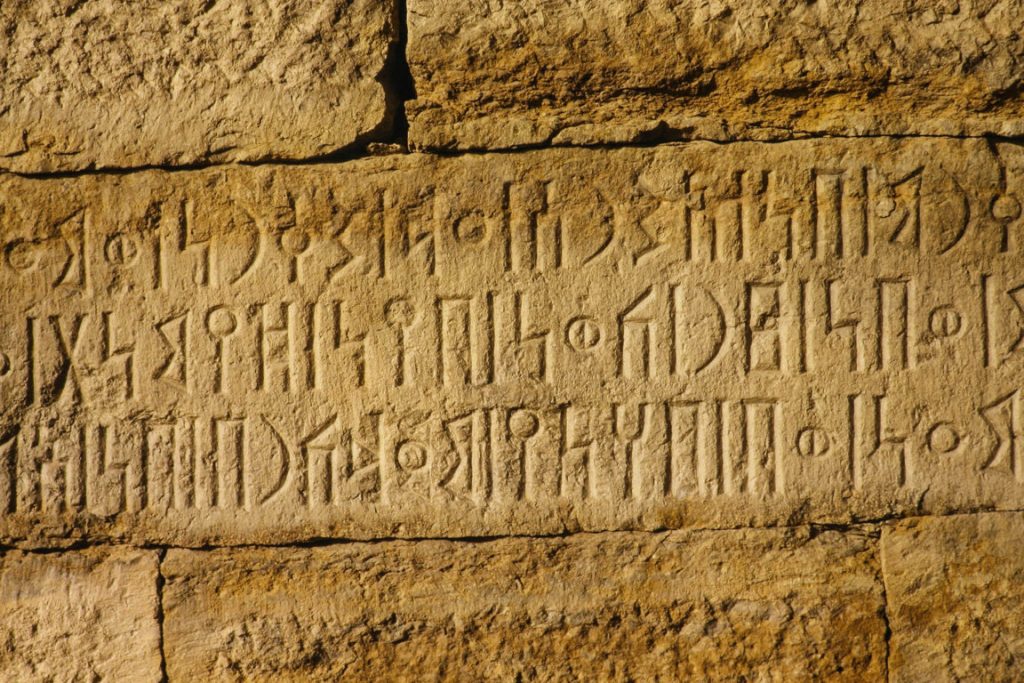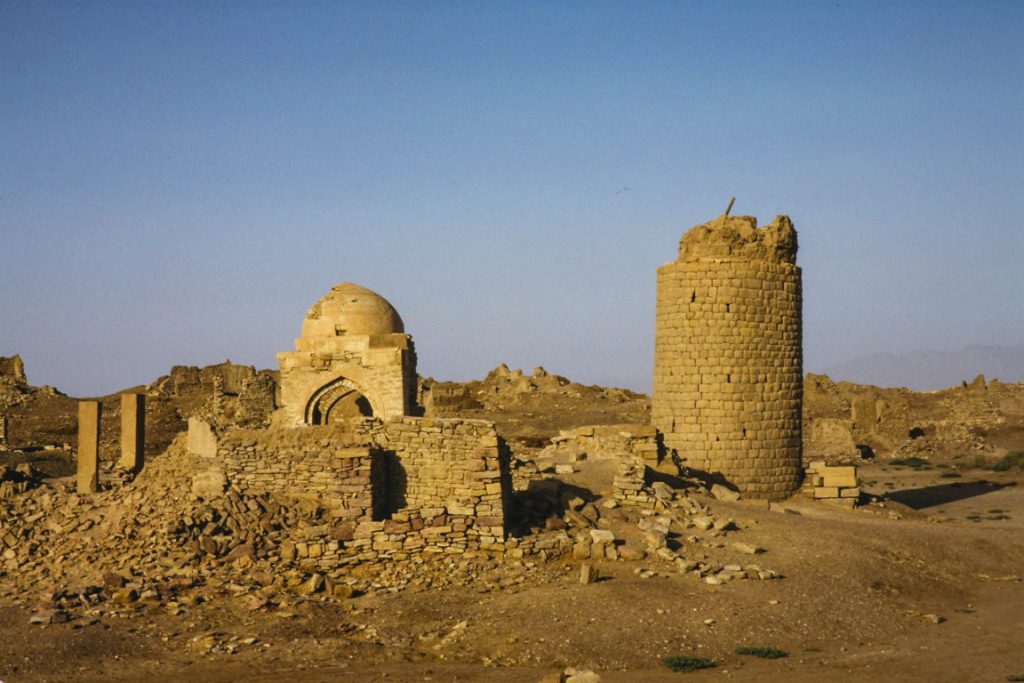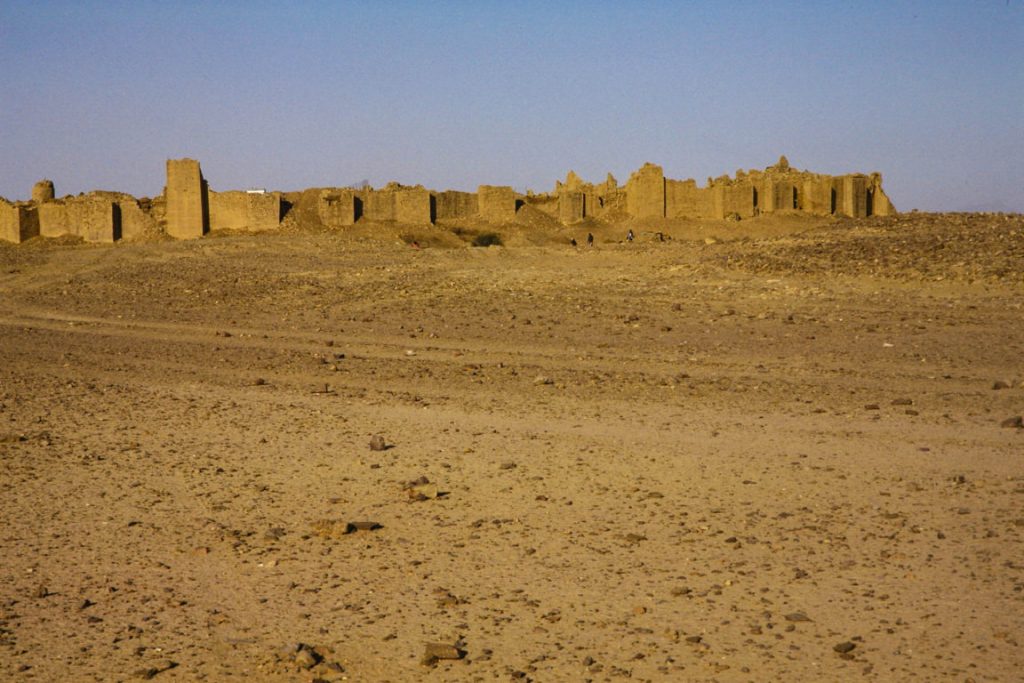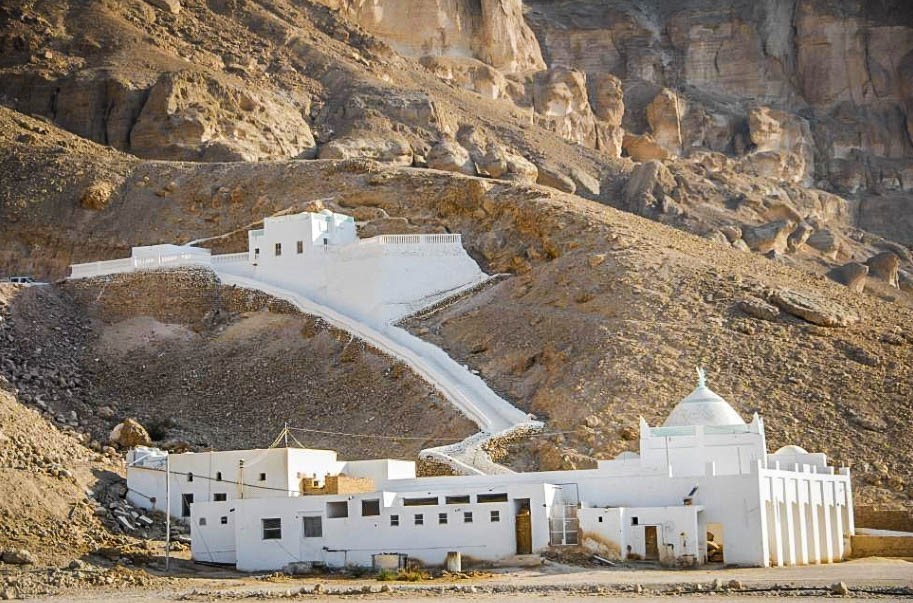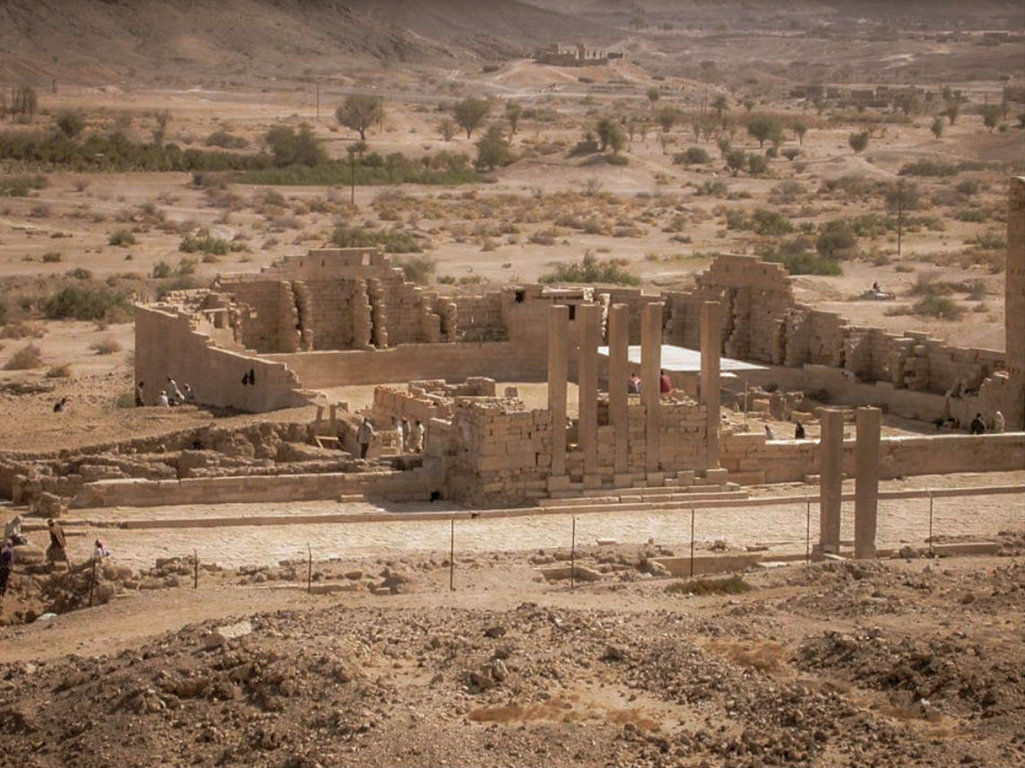Baraqish, Yemen
Coordinates: 15.995700, 44.802000
Nearby Places
- Sirwah, Most important city after Ma’rib 64.49 Km S (158°)
- Ma’rib Dam (Unesco, tentative) 81.54 Km SE (144°)
- Ruins of Old Ma’rib 86.92 Km SE (137°)
First Heading
The Minean Temple of Nakrah was a large square temple built by the Minaeans in the city of Baraqish. It is one of three temples in that city to have been discovered.
Baraqish Ruins
Baraqish is the best-preserved ancient walled town in Yemen, once had more than fifty towers and two gates, and its walls reached a height of to 14m. Located in the wide Wadi Fardha, it was previously known as Yathil, the dominant town in the Minean kingdom and an important center on the incense route.
History
Its origins are very archaic, possibly 1000 BCE, but it reached its peak of importance in about 400 BCE when it became the capital of the Minaean Kingdom. The Minaean people were the inhabitants of the kingdom of Ma’in in modern-day Yemen, dating back to the 6th century BCE-150 BCE. Saba dominated the city itself in the 6th century BC.
The Minaean kingdom eventually established itself in the 5th century BC. The city is cited in a document dated to 343 BC BC. However, the Minean kingdom was recaptured by the Saba kingdom in the 2nd century BC.
Under the Minean kingdom, it was an essential stop on the incense route. The ancient city of Yathill was surrounded by a wall 14 meters high, much of which is still visible today; this wall had 57 towers and two gates. Inscriptions mention that the Sabaeans rebuilt the wall in 450 BCE.
The Romans took the city under Augustus. They left quickly, however, due to disease and poor water. The Roman army passed through under the command of Aelius Gallus, under orders from Augustus to quell tribes to the north. The tomb of a Roman cavalryman, P. Cornelius, has been found there.
Hadhramaut took the city in 242.
Trade
Like some other Arabian and Yemenite kingdoms of the same period, the Minaeans were involved in the hugely lucrative spice trade, notably frankincense and myrrh.[2] Inscriptions found in Qanāwu mention several major caravan stations along the trading route, including Yathrib (Medina) and Gaza; there is also a brief account of how the war between the Egyptians and Syrians interrupted the trade for a while.
Archaeology
The ruins of a temple located in the southern part of the city are considered by archaeologists to have been dedicated to their idol god Athtar. There is a necropolis near this temple, which contains numerous grave stelae. The temple is very typical of the Minaean style and consists of 16 columns and beams. There are also many ancient inscriptions in the South Arabian alphabet through the city. There is another temple in the center of the city, but only four of its columns are still erect.
Badly Destroyed in Yemen civil war
In 2015, the city was reported as badly destroyed when the Saudi Arabian military supported by the US and Britain, bombed the site of Barakisch was being used by Houthi forces.
Sources
https://en.wikipedia.org/wiki/Temple_of_Nakrah
https://en.wikipedia.org/wiki/Baraqish
Image Sources
Barakisk_flickr01
By txago – Flickr, CC BY 2.0, https://commons.wikimedia.org/w/index.php?curid=1593094
4884089973_0dcfcaa4e7_o
loose_grip_99
https://www.flickr.com/photos/loose_grip_99/4884089973/
30259507698_79b9e8794e_k
motohakone
https://www.flickr.com/photos/134157242@N08/30259507698/
43408782774_849c390acb_k
motohakone
https://www.flickr.com/photos/134157242@N08/43408782774/
30259503678_9671ac42fc_k
motohakone
https://www.flickr.com/photos/134157242@N08/30259503678/



